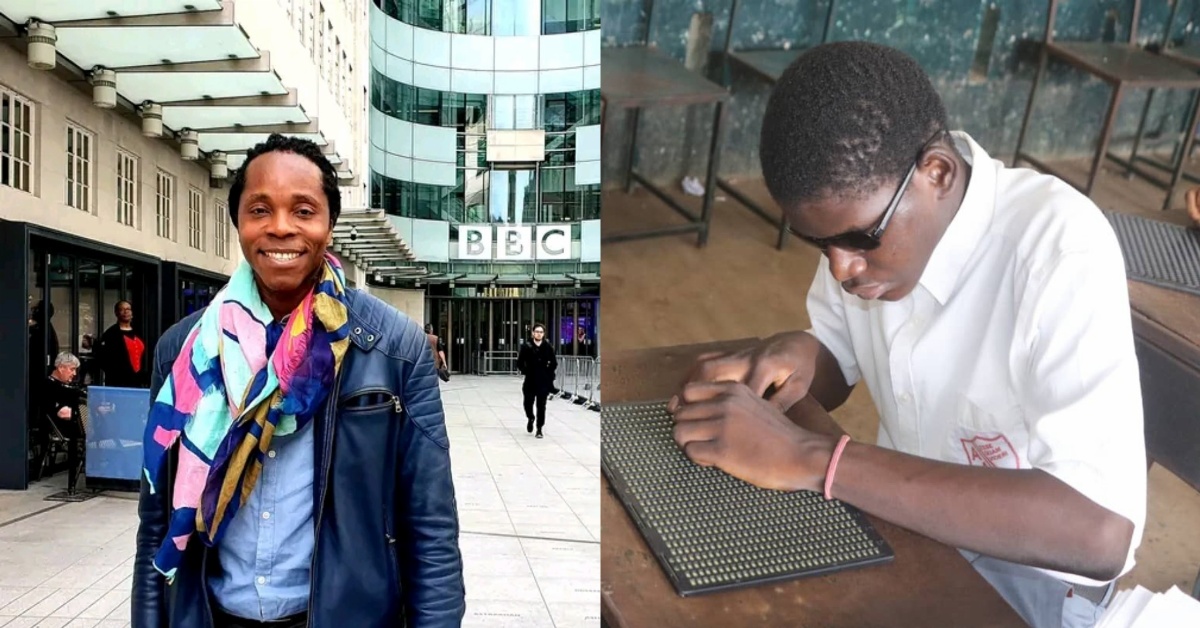I went to school with and sat in class with blind learners. We took rotations in reading notes for them to copy in Braille. Today, core textbooks are supplied in Braille to students with visual impairments. In addition, critical government policies are also provided in Braille for the libraries. Audio books exist.
Today’s learners might still need sighted colleagues to read notes from the blackboard for them, but learners with visual impairment have recorders and Radio players to enhance their learning supplied by government and partners. They can replay what the teacher said.
When I went to school, I did not see children with severe physical deformities in school. They were largely stationed by the roadside begging. Today, learners like Alhaji Kargbo who have cerebral palsy not just enjoy school, they take part in sports and attempt national transition exams thanks to our Radical Inclusion policy. And students like Alhaji go on to top their school and entire community.
Currently, the Basic Education Certificate Examination is ongoing. Since last year, learners with visual impairments now get their question papers in Braille. They also write their answers in Braille. What this means is that they can review their work and ensure they have the best shot at transitioning to the next level. Last year, students from Milton Margai had 100% pass rates.
We still have challenges with special needs education. Hence our transformation journey.
For both seen and unseen challenges, we aim to do better. At the same time we must recognize the progress we are making with our partners. From supplies of teaching and learning materials, to providing care to learners to changing policies, there’s progress. Most importantly, parents now know that their children- no matter what their needs and special challenge, have a right to education.



 Post a comment
Post a comment 









